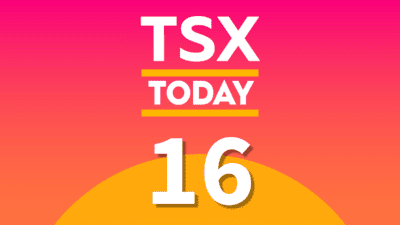In the year following the 2007-2008 Financial Crisis, the Bank of Canada garnered a reputation as consistently dovish when it came to interest rate policy. This year has been different, with the Bank of Canada moving forward with two interest rate hikes in July and September. The second rate hike came with some words of caution from Bank of Canada governor Stephen Poloz when it pertained to broader economic conditions.
The Bank of Canada is set to convene on October 25, and once again, experts and analysts are divided in projecting the course of action. Bank of Canada senior deputy governor Carolyn Wilkins struck a cautious tone on October 10 warned about potential shocks to the Canadian housing market.
The Canadian dollar remained at $0.80 on October 13 and has experienced marginal declines since reaching its high of $0.82 following the second rate hike.
Bank of Montreal (TSX:BMO)(NYSE:BMO) chief economist Doug Porter criticized the Bank of Canada following the second rate hike for failing to adequately communicate its intentions. Porter drew comparisons to the U.S. Federal Reserve, praising it for its transparency and constant communication to the public.
The case for a third rate hike
The International Monetary Fund (IMF) convened on October 10 and raised its GDP growth estimate for Canada, projecting it to once again lead the G7 in growth in 2018. The IMF projected 3% growth in 2017 and a slower rate of 2.1% in 2018. The Organization for Economic Co-operation and Development has also estimated that Canada will lead G7 countries in growth next year.
A Statistics Canada report on October 6 showed that Canada added 10,000 jobs in September. The uptick in full-time work was particularly encouraging, as the quality of jobs added has been of concern for some in recent reports. This marks the longest streak of monthly job gains since 2009. An hourly wage increase of 2.2% was also promising.
The case against another rate hike
In addition to the concerns surrounding the housing market, there are other issues giving policy makers headaches. Ongoing NAFTA negotiations have turned sour, and the spectre of a liquidation of the agreement is becoming a reality. If NAFTA is terminated, it would represent a severe destabilizing event that could rock markets.
Statistics Canada released a report on July GDP in late September. It came in flat, ending a streak of eight consecutive months of GDP growth. Economists had expected a marginal gain, and while the flat month is not encouraging, Canadian growth pace has over performed for much of the year. The housing slump appears to have been felt in this latest report as well. Real estate activity declined 1.5%, construction dipped 0.9%, and credit intermediation was down 1%.
Prediction
Governor Stephen Poloz acknowledged concerns about the broader economy after the second rate hike in September, when the economy was churning forward at a torrid pace. Flat GDP growth in July combined with worries over consumer debt will likely result in the Bank of Canada standing pat on October 25.







